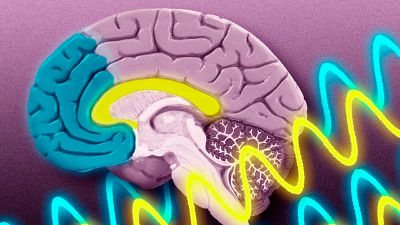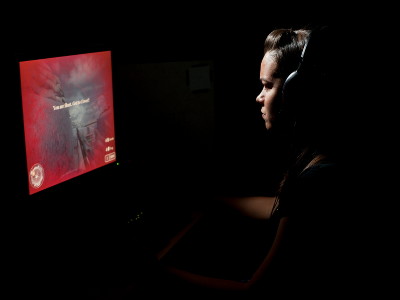It turns out that humans may be able to control the connection between the left and right brain to realize a 'multitasking brain'

By
The human brain can perform a function similar to that of a computer, which performs multiple tasks simultaneously (multitasking). This is the act of ironing while watching TV, or driving a car while listening to the radio. Recent research has shown that when a person is multitasking, the left and right hemispheres of the brain operate separately.
The brain has more than one multitasking mode | Ars Technica
http://arstechnica.com/science/2016/12/the-brain-has-more-than-one-multitasking-mode/
In a healthy human brain, the part called the corpus callosum that connects the left and right brain is responsible for exchanging and processing information. The expressions 'left-brained people' and 'right-brained people' are often used, but in reality, the brain transmits and processes information between the left and right sides, and one side is not active alone.
When treating people with epilepsy, a condition in which abnormal neural activity occurs due to a brain disorder involving the corpus callosum, a procedure called cerebral transection is sometimes performed, in which the corpus callosum is severed to some extent to weaken information transmission. As a result of the procedure, patients may experience some impairment in some behavior, but in reality they are able to live more normal lives than those around them would expect, and in some cases they even demonstrate excellent abilities in certain types of multitasking. This is thought to occur because the left and right brains are unable to understand what the other is doing due to the weakening or loss of the function of the corpus callosum that connects the left and right brains.
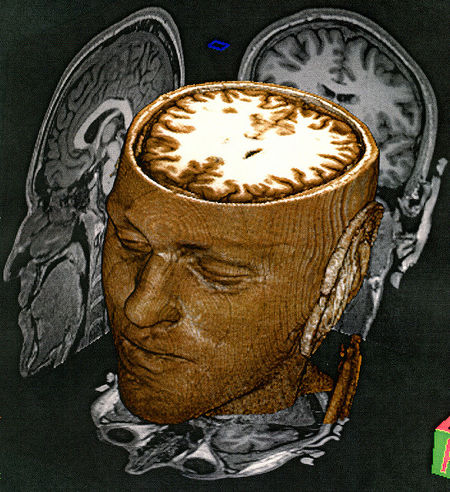
By
A research team of neuroscientists at the University of Wisconsin-Madison hypothesized that this type of brain activity also occurs in healthy people who are multitasking, and that despite the existence of the corpus callosum, the left and right hemispheres process information separately. A research team led by Dr. Shuntaro Sasai used a computer-based driving simulator to investigate which parts of the brain process information given to subjects while driving.
The research team used fMRI (functional magnetic resonance imaging), which can visualize blood flow in the brain, to investigate the brain activity of subjects operating the simulator in detail. In addition, by using the driving simulator ' Racer Free Car Simulation ', the team aims to reproduce a situation in which multiple tasks are processed simultaneously in a more realistic environment.
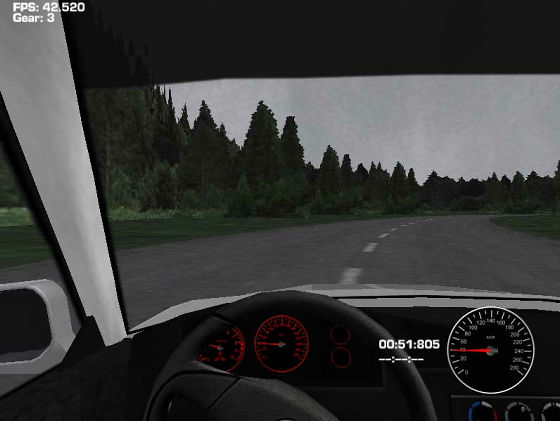
In the validation experiment, subjects first drove on a two-lane road with no intersections or other vehicles. Next, they were given two tasks. The first was an ' integrated ' task, in which the subjects were instructed to change lanes while driving, just like a car navigation system, and were asked to follow the instructions. In this task, the subjects were simultaneously performing two tasks: 'driving' and 'listening to instructions,' but both tasks were related to driving, making it an 'integrated' task.
The second task involved participants driving in the same way, but this time they were asked to change lanes according to road signs and listen to a fictitious radio program. The content of this radio program was completely unrelated to the act of driving, so participants were given a ' split ' task in which they listened to completely unrelated content while driving. The navigation instructions and the radio voice were apparently provided by the same person.
In this way, when the subjects were given two different tasks and their brain activity was examined, it was revealed that in the case of the 'integrated task,' the two types of tasks were processed in the brain as one single task. Conversely, in the case of the 'separate task,' it was found that the two brain activities were not very related to each other and operated separately. The research team writes about this situation, 'When the subject is given the task of listening to content unrelated to driving, the brain appears to functionally separate the two processes of 'driving' and 'listening.''
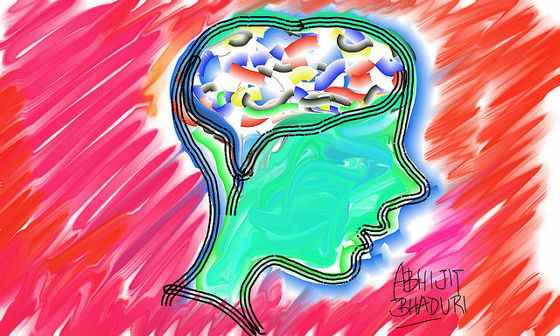
By Abhijit Bhaduri
Although only 13 subjects participated in this test, and more tests will be required in the future, it is a very important result that it was confirmed that multiple tasks are processed independently in the brain at the same time. In the future, more tests will be needed to fully understand the picture, such as increasing the number of tasks to identify functions that are easy to multitask and those that are not, and pinpointing which mechanism in the brain operates the multitasking 'switch.'
The research team's paper is available at the following link:
Functional brain split in a driving/listening paradigm
http://www.pnas.org/content/early/2016/11/22/1613200113
Related Posts:




